
 Instagram
Instagram
Related products
Nail Psoriasis vs Fungus: Causes, Treatment and Differences

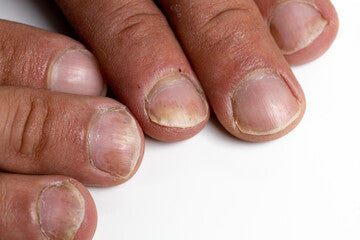
Related products
Maintaining nail health is not just about aesthetics; it's a significant marker of overall physical wellness. Nails serve crucial roles such as safeguarding the tender tips of our fingers and toes and enhancing fine touch sensitiveness. However, several individuals face issues related to various nail disorders that affect their well-being along with self-confidence.
Nail Psoriasis and fungal infections are two prevalent irregularities impacting quite a large number globally, causing both visual disruptions and bodily distress. Psoriasis stands as an autoimmune disorder recurring and chronically affecting around 2-3% of the population worldwide.
Although psoriasis mainly affects the skin, nail abnormalities are a critical concern associated with this ailment too. Canespro Fungal Nail Treatment Set is one of the clinically designed solutions that targets fungal-related issues—though not psoriasis, it's crucial for differential treatment planning.
Research highlights that anywhere between 15%–79% of people diagnosed with psoriatic symptomology show signs linked specifically to Nail Psoriasis at some point in time. Furthermore, lifetime projections for these symptoms range from high probabilities reaching up to 80–90%.
Differentiating between these two conditions is crucial for appropriate treatment protocols. Despite similar symptoms such as discoloration or thickening of nails, they stem from entirely divergent causes: autoimmune responses incite Nail Psoriasis, whereas fungi invasion results in Onychomycosis. For fungal infections, targeted treatments like the Scholl Fungal Nail Treatment offer over-the-counter support to reduce infection symptoms effectively.
What Is Nail Psoriasis?

Nail Psoriasis is a specific type of psoriatic disease influencing nail health. Manifesting as an autoimmune disorder, the body's immune response mistakenly attacks healthy skin cells leading to changes in the appearance and texture of nails.
Current medical literature classifies Nail Psoriasis under chronic diseases- it continues for prolonged durations or recurs frequently over time. It primarily involves irregularities such as pitting (small dents or depressions on the surface), abnormal colorations – yellow-red discolouration often likened to oil drops - or separation of the affected nail from underlying bed commonly called Onycholysis with potential developments into more severe conditions like 'nail crumbling' if left untreated.
Characteristically inherent within those diagnosed with other forms of psoriasis, nearly 50% of people dealing with skin-based symptomology further exhibit signs of Nail Psoriasis and may manifest as nail pitting (indentation in the nails), onycholysis (separation of the nail plate from the nail bed), oil spots (discoloration of the nail bed), dystrophy and subungual hyperkeratosis. For those seeking broader support in nail structure and strength, the Nail Health collection offers products that aid in long-term care and prevention.
Causes And Risk Factors
 The exact cause of Nail Psoriasis remains undefined in medical literature; however, an overactive immune response seems to play a critical role. Immune cells incorrectly target healthy skin and nail cells leading to accelerated cell turnover that further results in the characteristic pitted or thickened appearance seen with this condition.
The exact cause of Nail Psoriasis remains undefined in medical literature; however, an overactive immune response seems to play a critical role. Immune cells incorrectly target healthy skin and nail cells leading to accelerated cell turnover that further results in the characteristic pitted or thickened appearance seen with this condition.
Several risk factors have been implicated in the onset and progression of Nail Psoriasis:
- Genetic Predisposition: Studies indicate that individuals with a family history are more likely to develop psoriatic conditions compared to those without such familial ties.
- Co-occurring Psoriatic Disease: The presence of psoriasis symptoms elsewhere on the body escalates the likelihood of manifestation within nails as well.
- Age Factor: Although it appears at any age, most cases emerge between ages 15 – 25 or later around 55 -60 years.
Certain triggers exacerbate symptom severity like stress, injury to the nails due to environmental factors (in cold weather), and excessively hot showers/baths weakening the natural moisture barrier thus inviting fungal infections that mimic & aggravate existing issues related to Nail Psoriasis etcetera. Using dual-purpose preventive products such as the Excilor Solution for Fungal Infections 3.3ml can help minimise overlap symptoms and protect nail integrity when psoriasis is already present.
Symptoms
Nail Psoriasis manifests via several observable changes in the nails. These alterations span both appearance and structure, thus affecting not just aesthetics but overall nail health as well.
- Discoloration: One of the early signs includes unusual colour variations within the nails - yellow-red discolorations often compared to an 'oil drop' or salmon patch is a classic clinical sign for Nail Psoriasis.
- Pitting: Minute dents on the surface characterise this symptom where multiple small pits occur due to speedy cell turnover associated with an overactive immune response.
- Thickening: Nails subject to psoriatic influence undergo substantial thickening which further contributes towards misshaping them into coarse structures that are difficult to manage during routine activities like writing.
- Beau's lines: Horizontal furrows across nail plates signify irregularities linked to growth interruption resulting from Nail Psoriasis onset according to underlying disease pattern trends.
- Onycholysis: describes a condition when an afflicted nail separates itself away from its respective bed causing discomfort besides forming convenient entry zones and inviting potential fungal infections worsening the already compromised situation significantly.
What is Nail Fungus (Onychomycosis)?
 Onychomycosis, commonly known as nail fungus, is a prevalent condition characterised by the invasion of microscopic organisms—fungi—in nails. These fungi thrive in warm and moist environments making human feet prime targets owing to their usual housing inside shoes - an ideal breeding ground ensuring continued fungal propagation.
Onychomycosis, commonly known as nail fungus, is a prevalent condition characterised by the invasion of microscopic organisms—fungi—in nails. These fungi thrive in warm and moist environments making human feet prime targets owing to their usual housing inside shoes - an ideal breeding ground ensuring continued fungal propagation.
The infection begins as a white or yellow spot under the tip of your fingernail or toenail gradually deepening leading to considerable nail damage if untreated for extended periods.
NHS UK reports indicate approximately 2.7% population is affected annually with Onychomycosis cases outnumbering Nail Psoriasis incidences significantly maintaining its status among top-ranking common conditions impacting overall global health quality consistently
Fundamentally affecting structural integrity alongside visual degradation – discoloration, thickening etcetera form part symptoms seen chiefly during initial stages later progressing into painful physical manifestations such as discomfort while walking due to extreme swelling around infected areas besides potential spread risks associated with unchecked disease progression. A discreet and effective way to target fungal infections early is through user-friendly options like the Excilor Fungal Nail Pen, which delivers precision treatment without mess or residue.
Causes and Risk Factors

Onychomycosis occurs due to the invasion of fungi into nails; these organisms typically include dermatophytes, yeasts, or non-dermatophyte moulds. Environmental exposure often marks the initial contact point with such elements which gradually move under nail beds initiating their destructive cycle geared towards steady degradation.
Several risk factors significantly increase the chances of Onychomycosis development:
- Age: As age advances, so does susceptibility towards fungal infections largely attributed to diminished blood circulation besides prolonged periods exposed potential risks increasing likelihood substantially
- Health Conditions: Pre-existing medical states diabetes, peripheral vascular disease etcetera weaken the immune system's response capabilities hence enhancing vulnerability.
- Environment: Damp communal places like swimming pools serve as common sources for fungal spread where Athlete’s foot – a type of fungus responsible for causing Onychomycosis prevails predominantly.
- Occupational Hazards: Professions involving constant water interaction elevate risk ratios considerably, acting as the primary contributing entity in several cases.
Symptoms
Onychomycosis or nail fungus presents with several observable changes :
- Discoloration: Unlike Nail Psoriasis, Onychomycosis often results in white to yellow-brown discoloration indicative of initial infection stages progressing into deeper hues coinciding with escalating severity
- Crumbling Edges: The integrity of the nail structure is compromised - edges begin crumbling away thereby damaging original aesthetics considerably
- Thickening: Increasing fungal presence disrupts healthy growth mechanisms leading towards considerable thickness alterations aligning from moderate levels rising exponentially according to intensity associated with diseased onslaught.
- Debris Accumulation: As fungi multiply under nails, it leads to an accumulation of debris causing further separation between the nail and its underlying bed – enhancing physical discomfort besides potential risk factors linked to direct exposure surrounding skin areas against which spreading chances significantly rise over time.
Nail Psoriasis Vs Fungus
Nail Psoriasis and Nail Fungus, albeit sharing some similar manifestations, are fundamentally different conditions each bearing unique characteristics that aid their clear differentiation:
On appearance & symptoms comparison: Both disorders might showcase discoloration or thickening of nails; however nail psoriasis often includes 'oil drop' discolorations while onychomycosis leans towards white to yellow-brown hues initially rising gradually deeper tones over time. Furthermore in contrast to crumbling edges commonly seen by Onychomycosis, pitting (small depressions) frequently signify the presence of nail psoriasis.
Nail fungus far exceeds numbers relative to those afflicted with Nail Psoriasis. An estimated 3 million people suffer from Onychomycosis annually within the UK as compared to roughly 12000 –24000 cases recorded for the latter condition according to NHS data trends. People exploring general wellness products to maintain both nail and skin health may benefit from browsing the Skin Care collection, which supports barrier repair and helps reduce complications from dryness or irritation.
Possessing a genetic predisposition along with existing skin-based symptomology extensively influences the likelihood of development-related aspects involved with Nail Psoriasis. In stark contrast advancing age, and compromised immune systems resulting in pre-existing health maladies like Diabetes besides environmental exposure form primary risk factors attributed to the onset progression associated with fungal infections.
Diagnosis
An accurate diagnosis is crucial for determining whether an individual has Nail Psoriasis or Onychomycosis since the treatments differ significantly.
Clinical Examination: The first step in diagnosing either of these conditions involves a thorough visual inspection by experienced healthcare professionals to identify characteristic signs such as discoloration, pitting, or thickening.
Laboratory Tests: Further identification often requires laboratory examinations where direct microscopy using potassium hydroxide mounts helps visualise fungal elements attributed towards onychomycosis cases primarily.
Nail Clippings & Skin Scrapings: Samples obtained from suspect areas are cultured under lab settings to identify fungi responsible for causing infections. As per the British Association of Dermatologists, it takes approximately 3 weeks time before confirming negative results post-initial test conduct.
Biopsy: In complex cases, doctors resort to nail biopsies involving the removal of small sections of affected nails studying them microscopically aiding confirmation of suspected diagnoses conclusively.
Treatment Options For Nail Psoriasis

The treatment for Nail Psoriasis employs a multi-faceted approach varying according to symptoms severity and overall health profile of patients.
- Topical Treatments: Creams or ointments applied directly onto affected nails serve as first-line defence usually deployed in managing mild psoriasis cases.
- Steroid Creams: Notably potent, corticosteroids reduce inflammation effectively; thus helping control cell turnover pace associated with overactive immune response.
- Calcipotriol: Amongst vitamin D analogues – Calcipotriol remains a customary choice topically slowing skin cell growth rate aiding cosmetic concerns relief while preventing further discoloration.
- Systemic Treatments: For moderate-to-severe displays oral medications or injections form part of standard remedy protocols recommended widely across medical communities globally. Methotrexate – which slows down the rapid turn-over of skin cells besides Biologics that target specific parts involved in immune system functioning offers systemic solutions, particularly in stubborn instances.
- Phototherapy: Controlled amounts of UV light exposure prove remarkably beneficial in curbing excessive activity linked to faulty immune responses mitigating symptomology satisfactorily.
- Nail Care Tips & Lifestyle Modifications: Alongside clinical treatments maintaining good nail hygiene (avoiding injuries), wearing comfortable shoes optimally sized ensuring minimal pressure upon toenails alongside regular moisturising goes a long way in preserving existing structural integrity and warding off future recurrence possibilities efficiently.
Treatment Options For Nail Fungus
Addressing Onychomycosis entails a comprehensive approach integrating medicinal interventions alongside vital lifestyle changes targeted towards fostering an inhospitable environment against fungal growth:
- Topical Antifungal Treatments: The application of Fungal Infection Treatment or nail polishes directly on the affected nails creates a hostile surrounding for fungi, gradually diminishing their numbers over time. It is recommended that these topical treatments need daily dedicated efforts spanning several months to achieve significant benefits.
- Ciclopirox & Efinaconazole: Included among more potent options within the topical medication category both have shown promising outcomes in treating milder versions related to Onychomycosis types especially when used conjunctionally with oral therapies.
- Oral Antifungal Medications- Terbinafine and Itraconazole constitute two prime oral drugs frequently prescribed by healthcare professionals aiming at restricting fungus propagation besides aiding newer, healthier nail replacement processes effectively.
- Home Remedies and Over-The-Counter Treatments: While home remedies don't replace medical care they do help manage symptoms better. Methods involving vinegar soaks Tea tree oil applications are chiefly known for inherently retaining antiseptic properties powerful enough to limit fungal spread.
- Nail Care Tips Hygiene Practices - Proactive measures encompass keeping nails clean and dry regularly trimming them correctly wearing well-ventilated shoes avoiding barefoot walking in public damp areas etcetera form an essential part of preventive guidelines emphasised across patient counselling sessions globally.
When to See Your Doctor
Keeping a vigilant eye on changes in nail health forms an important aspect of overall well-being. If any alteration - discoloration, thickening, or separation from the underlying bed is noted, seeking professional advice remains the most prudent course of action.
Particularly for individuals with pre-existing health conditions like diabetes or autoimmune diseases that weaken immune response capabilities thereby escalating the likelihood towards susceptibility against such disorders, regular check-ups remain a highly recommended approach ensuring early diagnosis and consequent treatment application.
Signs pointing to physical discomfort including pain while walking due to increasing swelling around infected areas indicate urgent medical intervention without delays. Additionally persistent symptoms not responding to self-care measures implemented at home require prompt consultation with healthcare professionals as it might signal complex scenarios requiring more aggressive therapeutic involvements.
Prevention Methods
Mitigating risks associated with Nail Psoriasis and Onychomycosis largely circles specific preventive measures designed toward maintaining optimal nail health.
To prevent flare-ups related to Nail Psoriasis:
- Regular Moisturization : Keeping nails hydrated prevents them from becoming brittle, thereby reducing possible injury that might trigger a psoriasis outbreak
- Protective Wear: Using gloves during hands-involved activities minimises potential damage boosting overall protection levels
- Minimising Stress– Stress management plays a crucial role as stress has been linked to triggering auto-immune response exacerbations
- To avoid fungal infections:
- Footwear Hygiene Practices – Wearing well-ventilated shoes, and changing socks daily forms an essential part of controlling infection spread besides using antifungal sprays and powders proactive precautionary routines.
- Nail Maintenance - Regular trimming nails keeping dry integral components prevention strategy. Avoiding sharing personal care items further limits exposure risks considerably.
Thus instilling these recommended practices within routine lifestyles aids in creating an environment less conducive for such conditions to prosper, hence promoting healthier outcomes over long-term perspectives.
Takeaway
Nail Psoriasis and Onychomycosis are prevalent nail disorders with different roots - the former is an autoimmune disorder while the latter relates to fungal invasion. Despite their similar symptoms, accurate diagnosis via clinical inspections or lab tests is vital as treatments differ widely. Treatment involves topical applications, and oral medications paired with diligent hygiene practices aimed at preventing further progression and ensuring recovery. Regular moisturization habits, protective wear usage, and maintaining good hygiene routines form part of prevention strategies in both conditions.
Frequently Asked Questions
How to differentiate between nail psoriasis and fungal infection?
Differentiating between nail psoriasis and a fungal infection involves observing the unique characteristics of each condition. Nail Psoriasis often includes 'oil drop' discolorations and pitting, whereas onychomycosis leans towards white to yellow-brown hues with crumbling edges.
How do you treat fungus and nail psoriasis?
Treating nail fungus usually employs antifungal creams or medications like Ciclopirox & Efinaconazole while oral drugs terbinafine and itraconazole are common choices in stubborn cases. For nail psoriasis management, primarily topical treatments that contain corticosteroids or retinoids alongside Vitamin D analogs form part of therapeutic protocols frequently recommended by physicians.
How do I know if it's psoriasis or fungus?
Detecting whether it's psoriasis or fungus requires healthcare professional consultation because symptoms share similarities, yet underlying causes differ significantly. Clinical inspections along with laboratory examinations aid in distinguishing one from another effectively.
What is the best treatment for nail psoriasis?
The best treatment for nail psoriasis varies based upon symptom severity; however, combination approaches including medicated ointments, UV light therapy besides injectable biologics have shown promising outcomes, and most individuals are affected extensively.
What can cause nail psoriasis?
Causes behind Nail Psoriasis onset remain largely unknown but research indicates overactive immune response as a primary contributing factor. Genetic predisposition unruly stress levels even physical trauma nails seem to enhance susceptibility chances considerably.





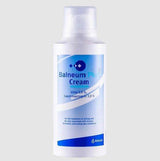




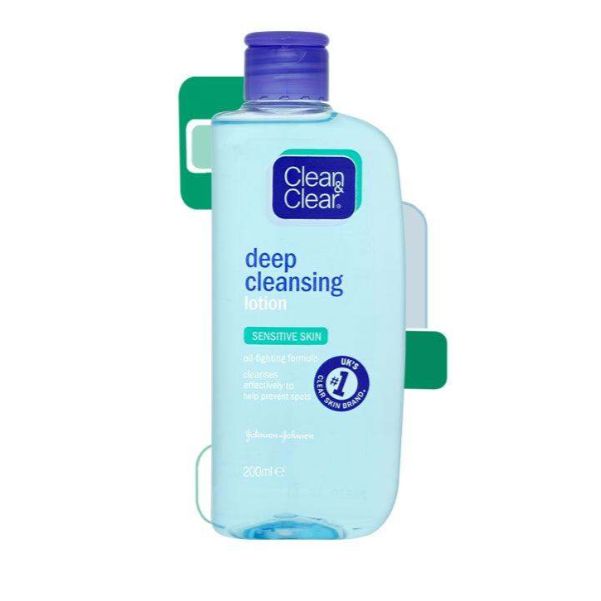

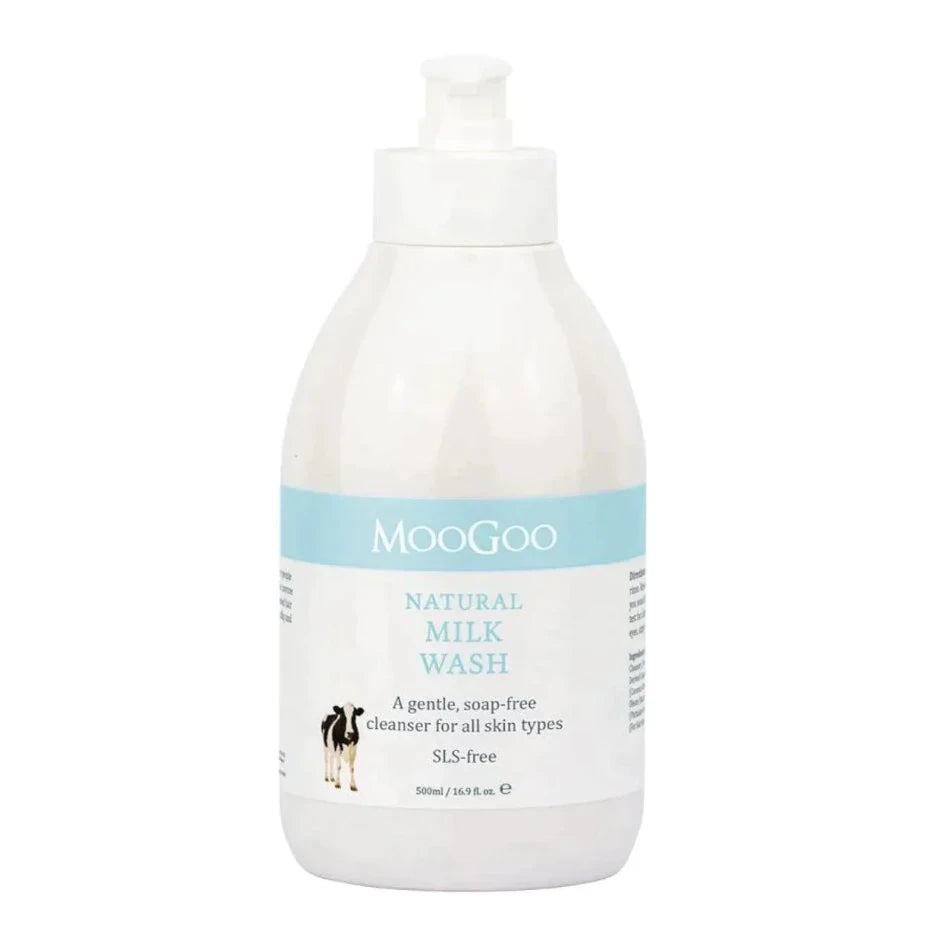
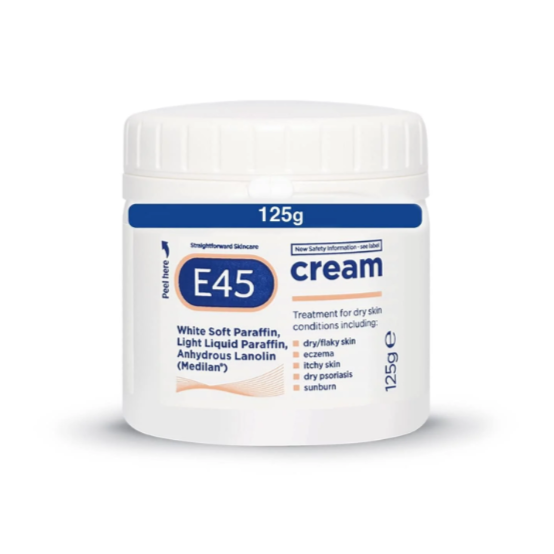


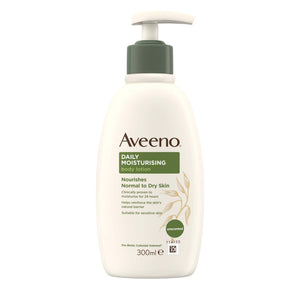





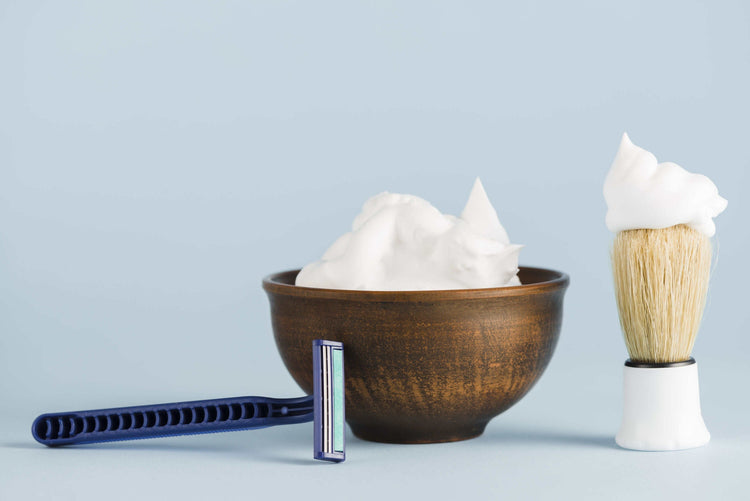

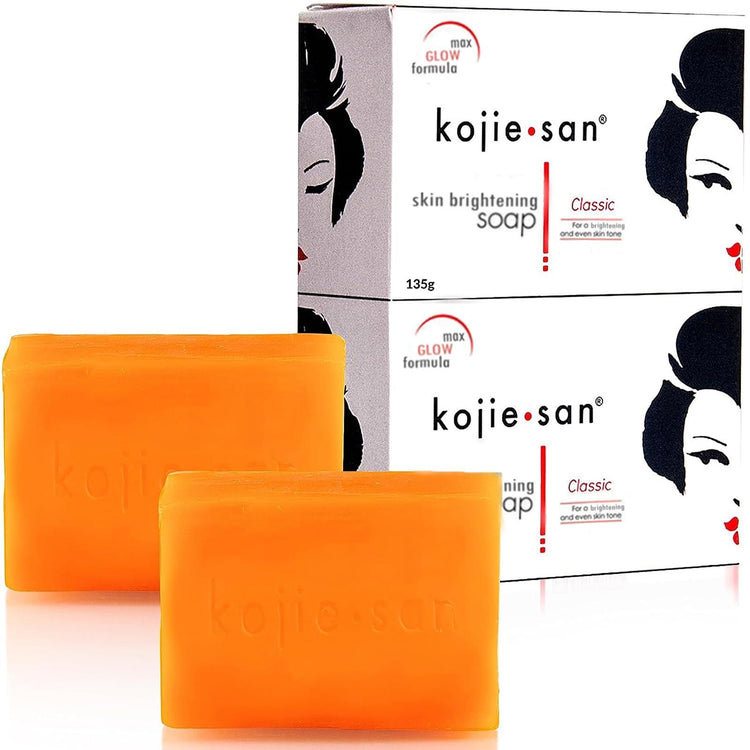
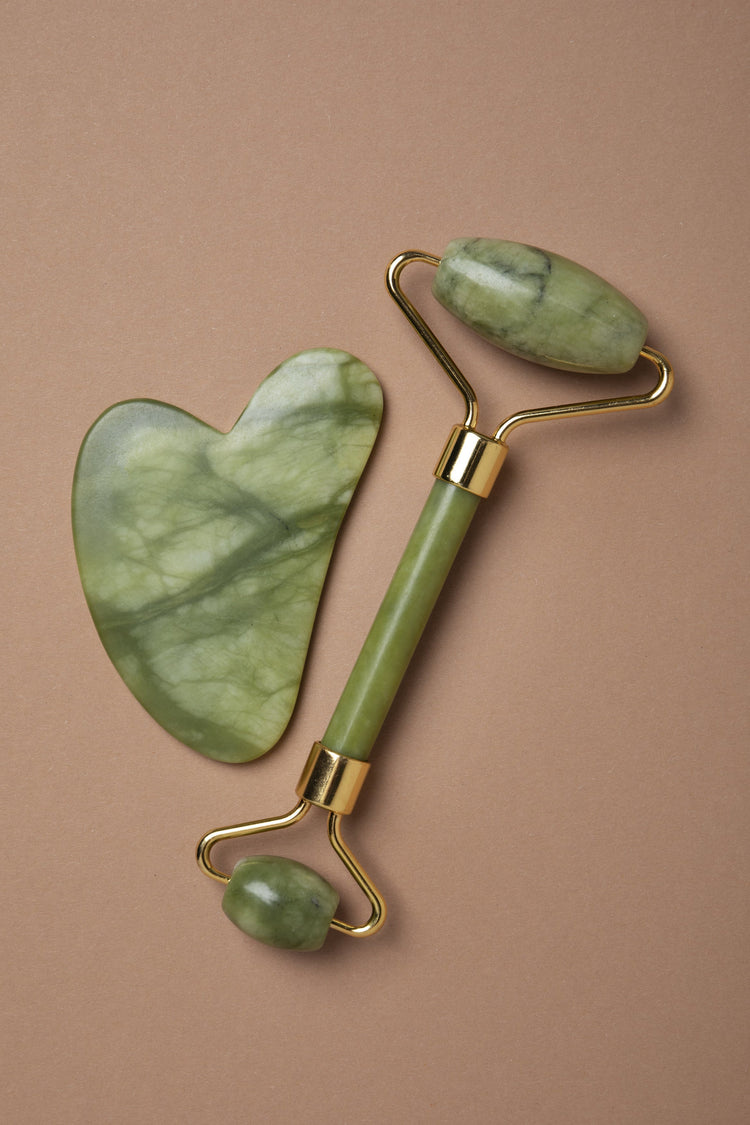

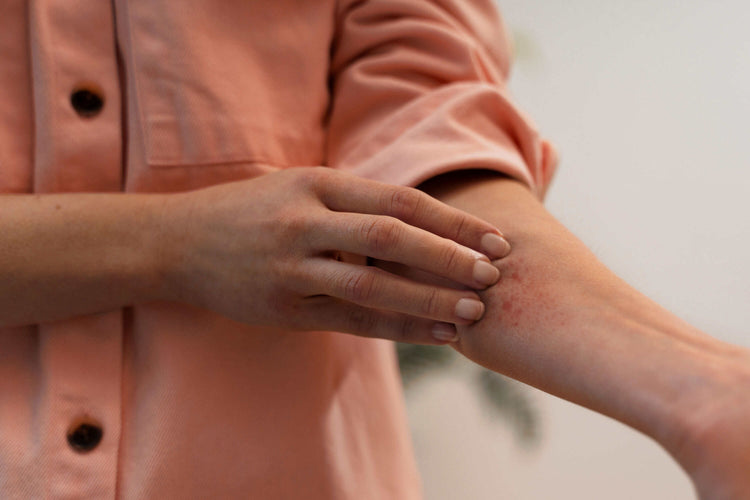

 Rated Excellent by 26,523+ Reviews
Rated Excellent by 26,523+ Reviews